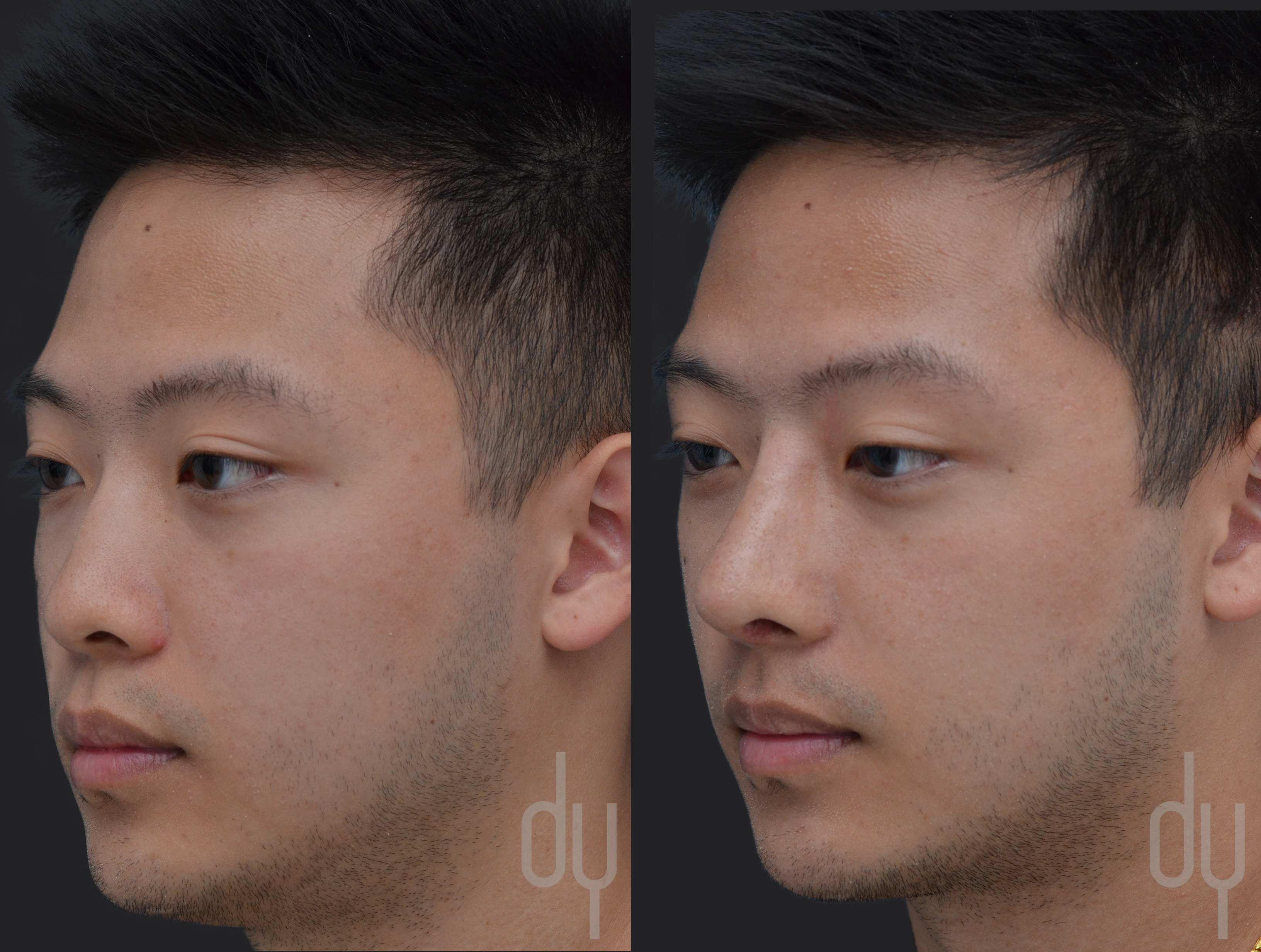Facts About Thinking about rhinoplasty? - Harvard Health Revealed

5 Easy Facts About Rhinoplasty Greensboro NC - Carolina Surgical Arts Explained
In the early 20th century, Freer, in 1902, and Killian, in 1904, originated the submucous resection septoplasty (SMR) procedure for remedying a deviated septum; they raised mucoperichondrial tissue flaps, and resected the cartilaginous and bony septum (including the vomer bone and the perpendicular plate of the ethmoid bone), preserving septal support with a 1.

Best Rhinoplasty (Nose Job) in Boston, Hingham, & Nantucket, MA - Coastal Plastic Surgery

Rhinoplasty (Nose Job) in Toronto - Ford Plastic Surgery
0-cm margin at the caudad, for which innovations the technique became the foundational, standard septoplastic procedure. In 1921, A. Rethi presented the open rhinoplasty approach featuring a cut to the nasal septum to help with customizing the idea of the nose. In 1929, Peer and Metzenbaum carried out the very first control of the caudal septum, where it originates and forecasts from the forehead.

All about Rhinoplasty in Indianapolis, Indiana - Hamilton Facial Plastic
Cottle (18981981) endonasally dealt with a septal discrepancy with a minimalist hemitransfixion cut, which conserved the septum; therefore, he promoted for the useful primacy of the closed nose job technique. In 1957, A. https://cousinchief79.werite.net/post/2022/05/25/The-Buzz-on-Rhinoplasty:-What-to-expect-before-and-after-a-nose-job advocated the "decortication of the nose" (Dekortication des Nase) method which featured a columellar-incision open nose surgery that enabled greater access to the nasal cavity and to the nasal septum.
Goodman in the later 1970s, and by Jack P. Gunter in the 1990s. Goodman impelled technical and procedural development and promoted the open rhinoplasty method. [] In 1987, Gunter reported the technical efficiency of the open nose job technique for performing a secondary rhinoplasty; his improved techniques advanced the management of a failed nose surgery. [] Anatomy of the human nose [modify] The structures of the nose [modify] Nasal anatomy: Squamous epithelium is among a number of types of epithelia.
Our Rhinoplasty (Nose Job) - Emory Healthcare Statements
For plastic surgical correction, the structural anatomy of the nose consists of: A. the nasal soft tissues; B. the visual subunits and sectors; C. the blood supply arteries and veins; D. the nasal lymphatic system; E. the facial and nasal nerves; F. the nasal bone; and G. the nasal cartilages. A.
Middle 3rd area the skin overlying the bridge of the nose (mid-dorsal section) is the thinnest, least distensible, nasal skin, because it most abides by the support framework. Lower 3rd area the skin of the lower nose is as thicker and less mobile, since it has more sebaceous glands, specifically at the nasal pointer.
